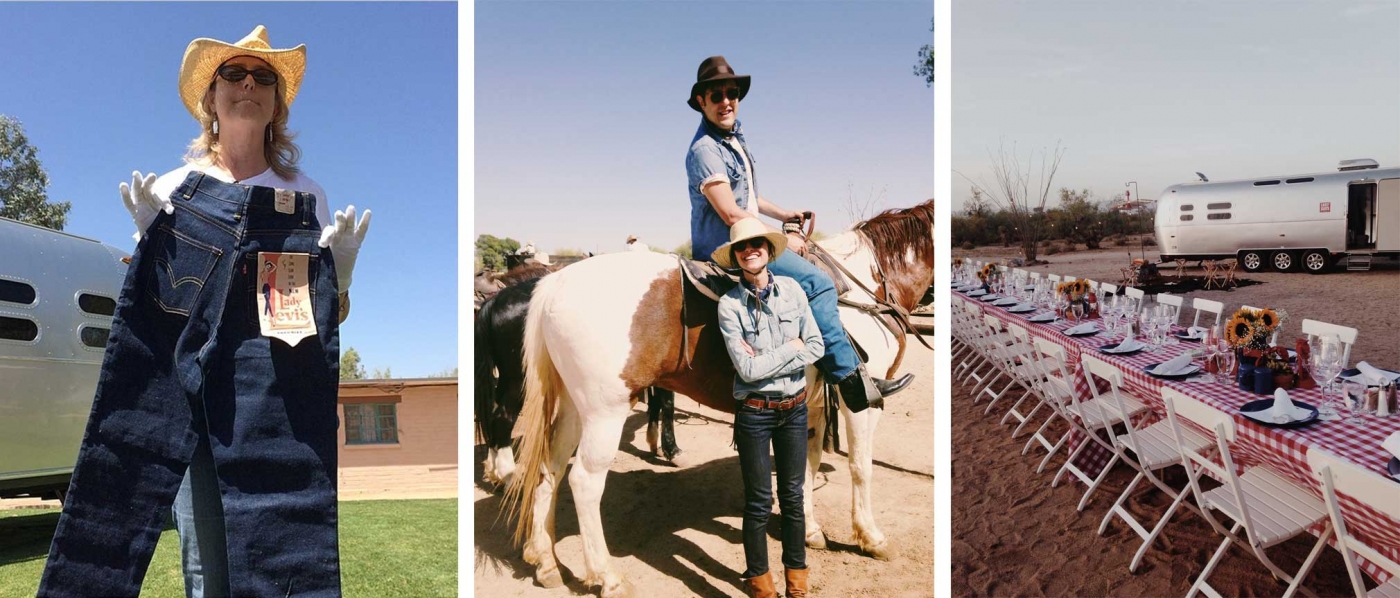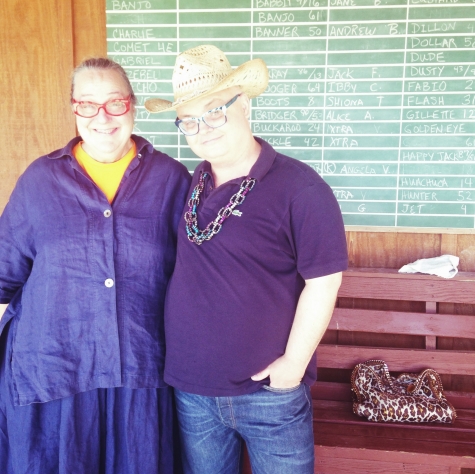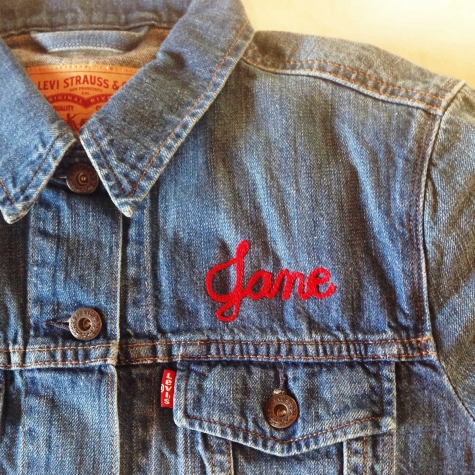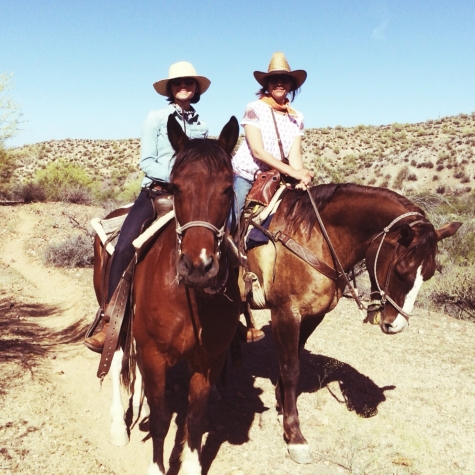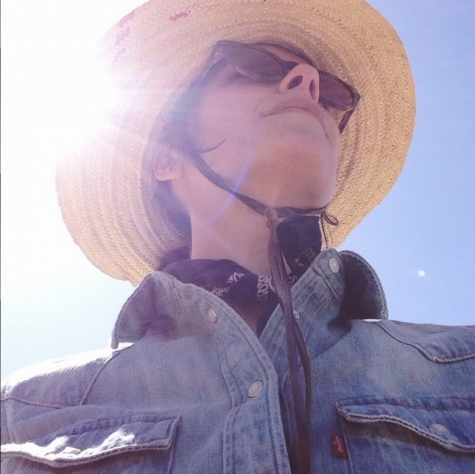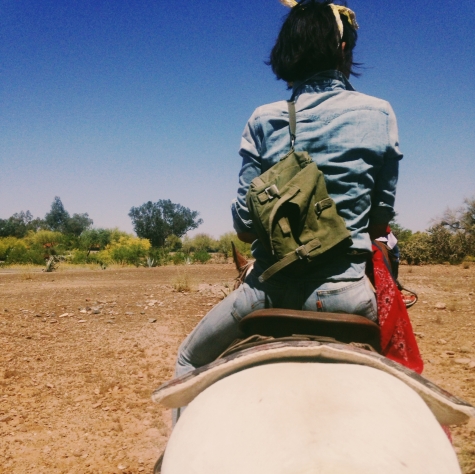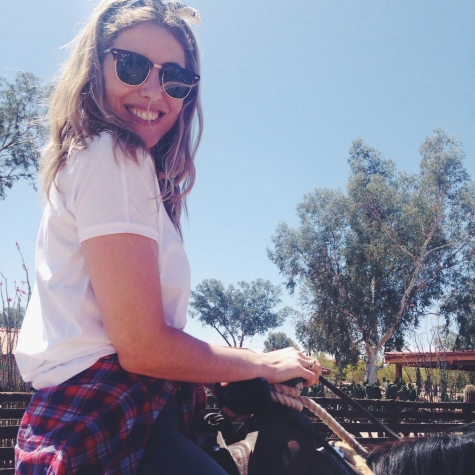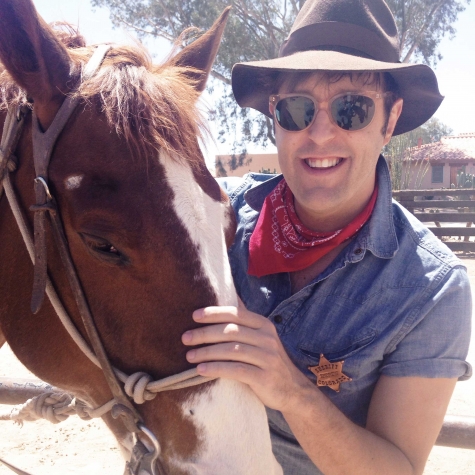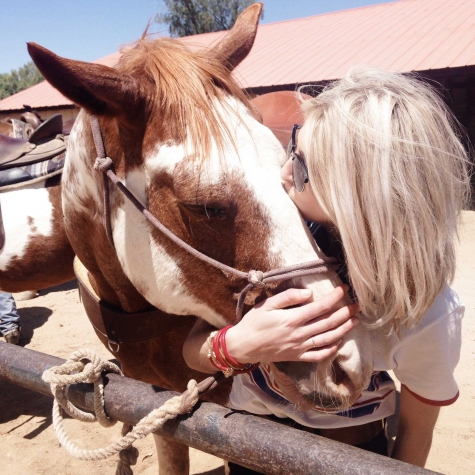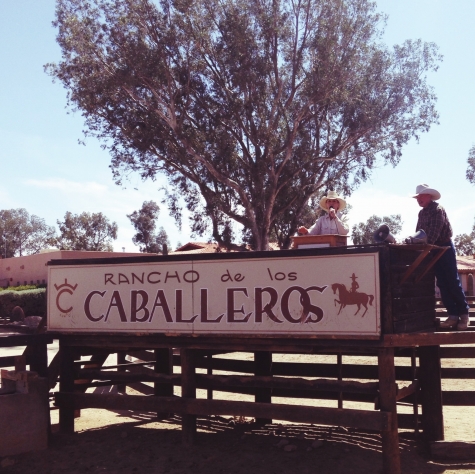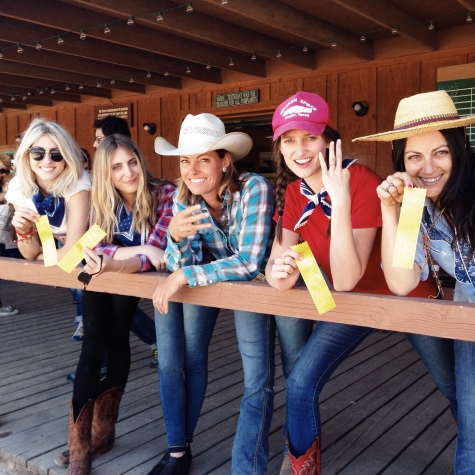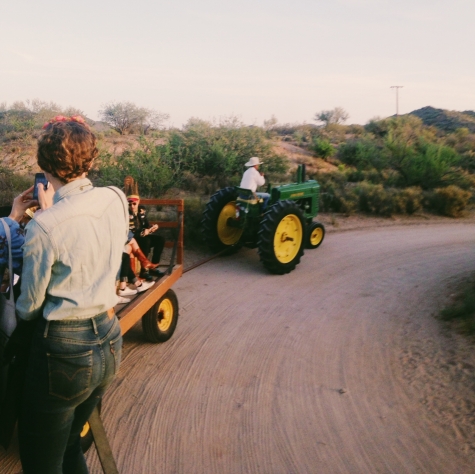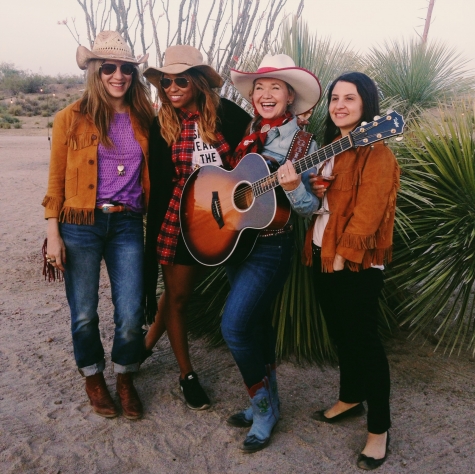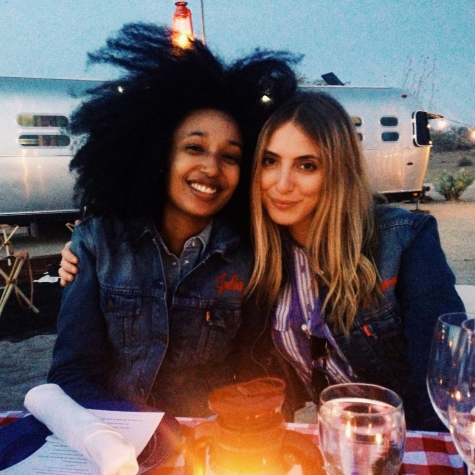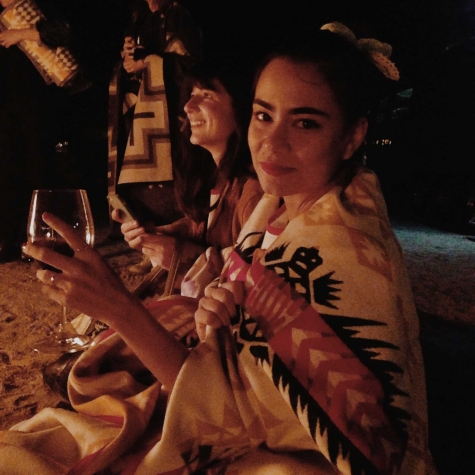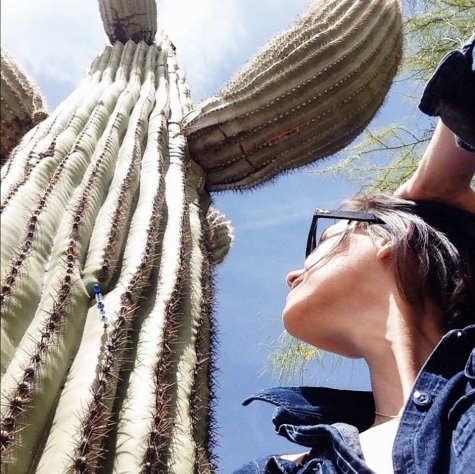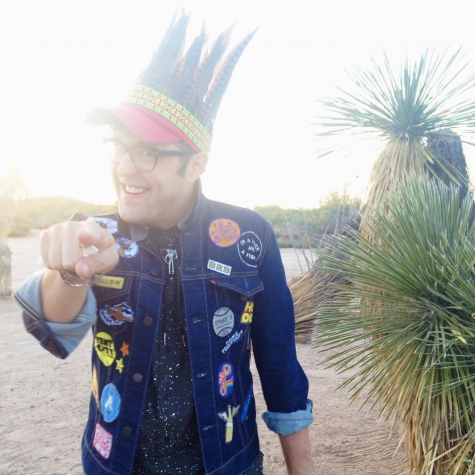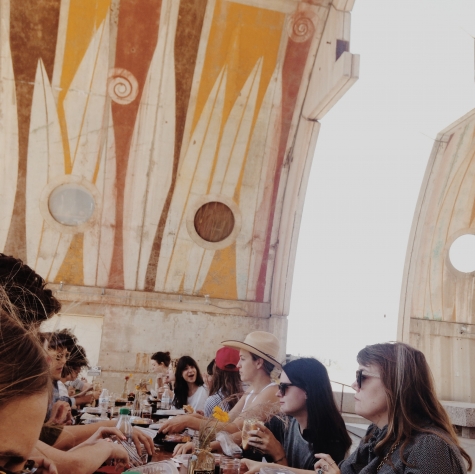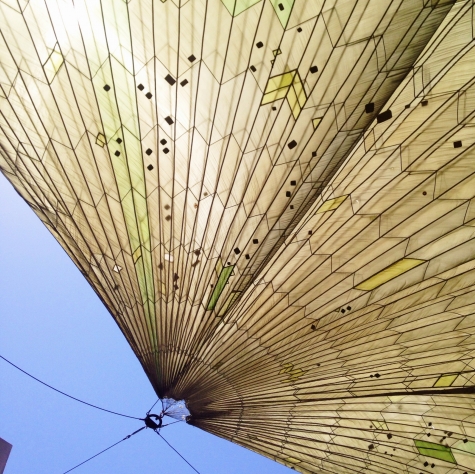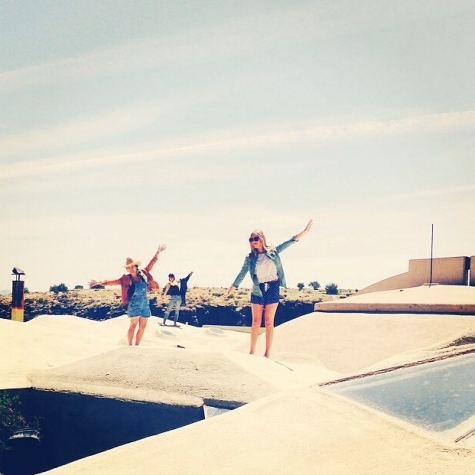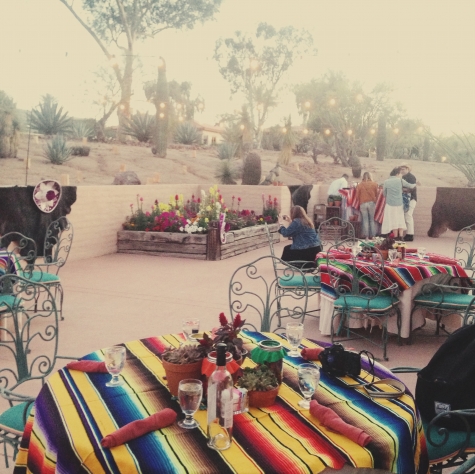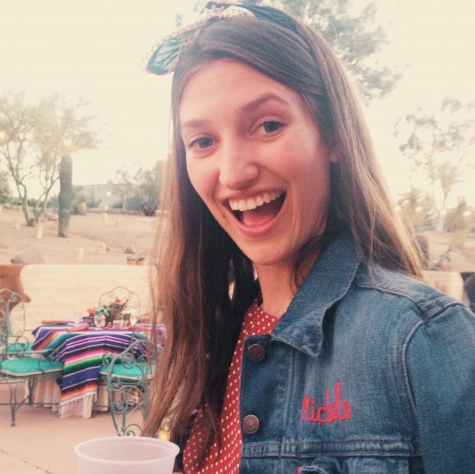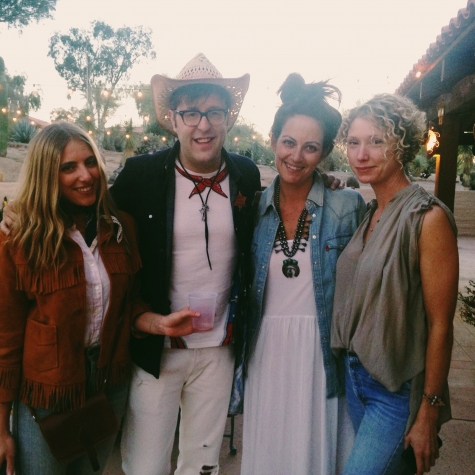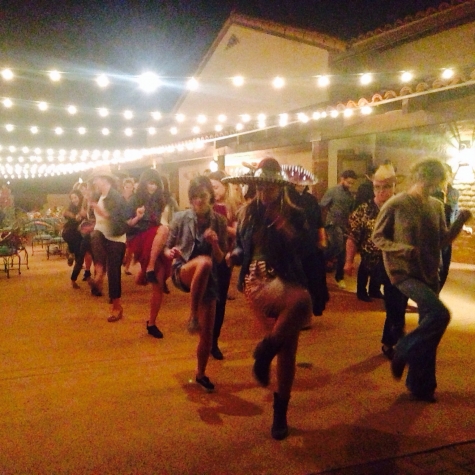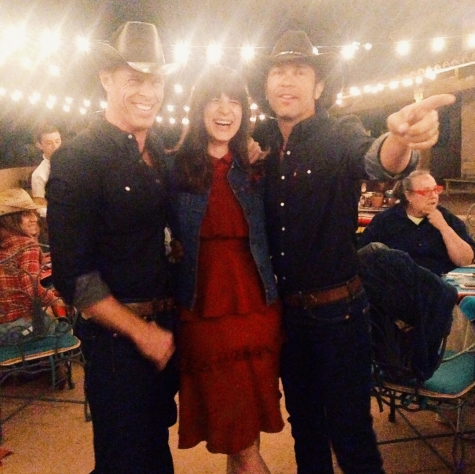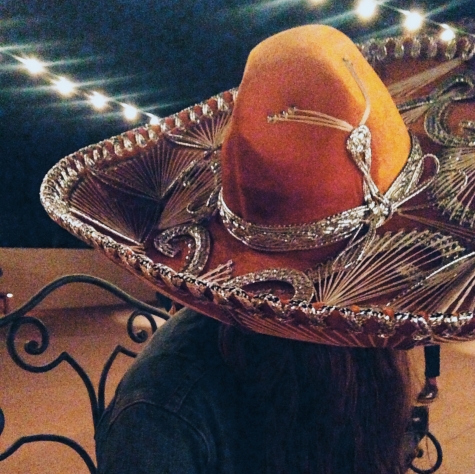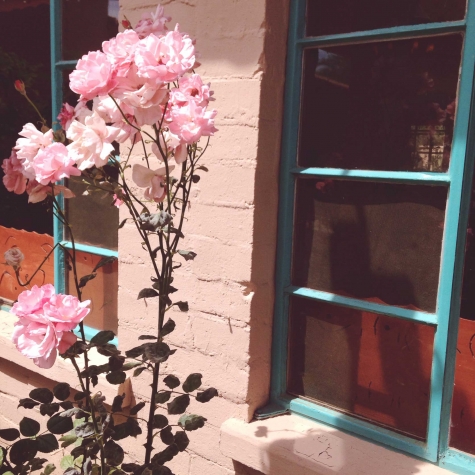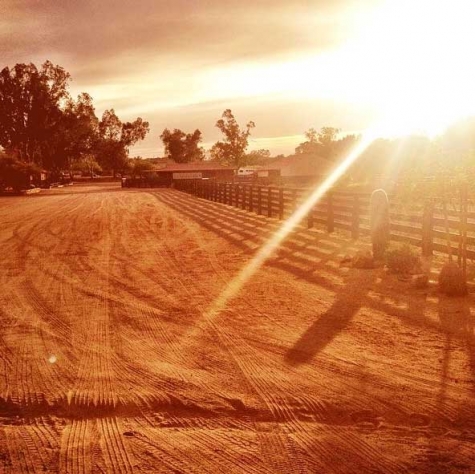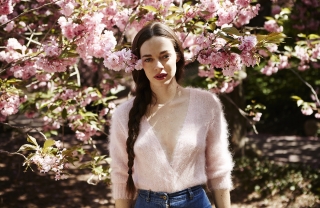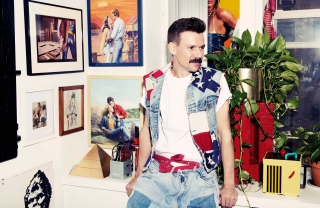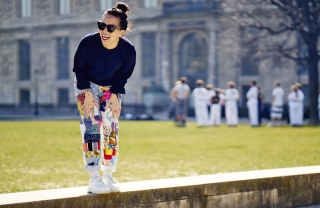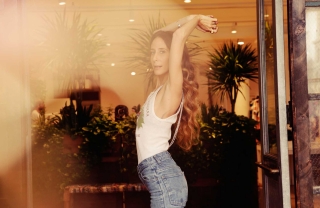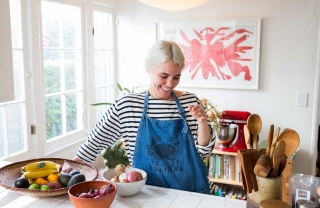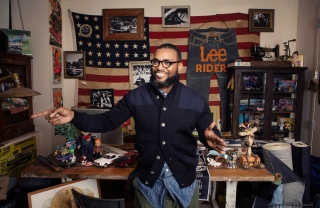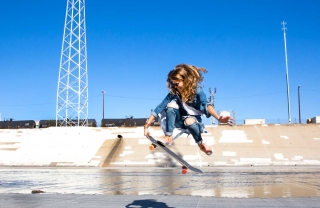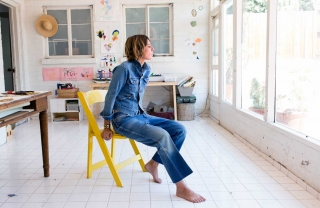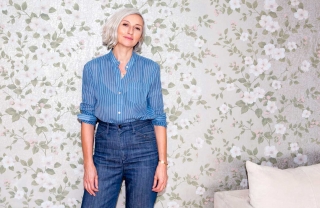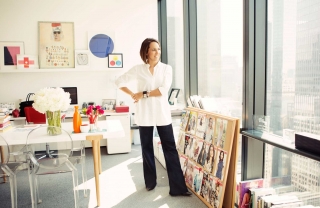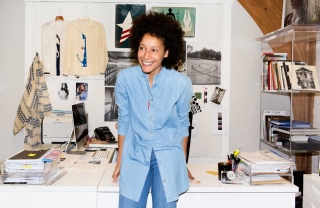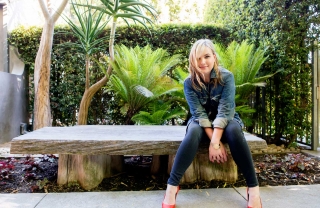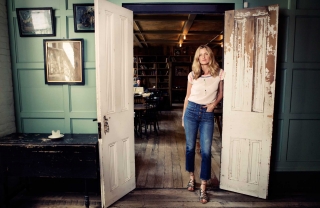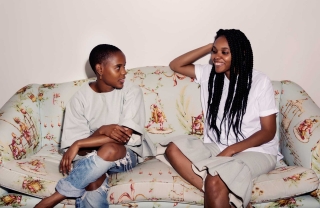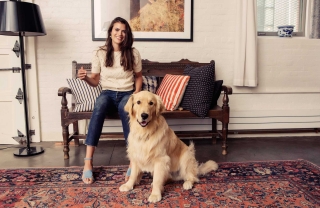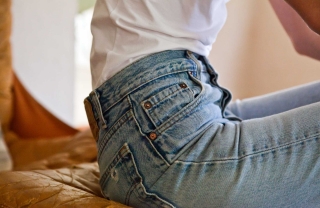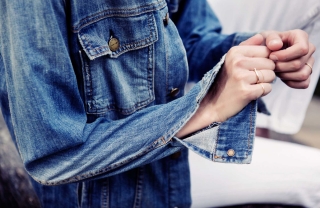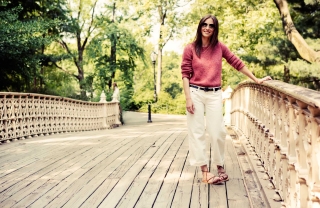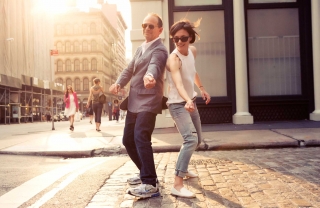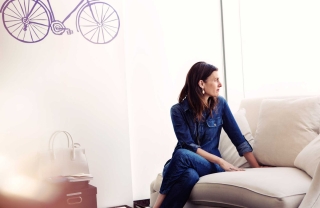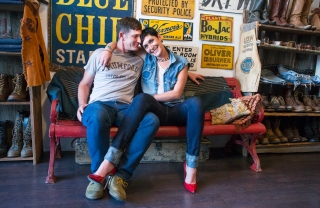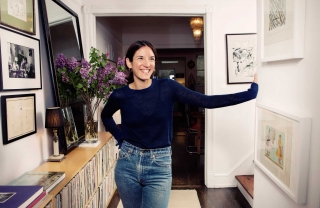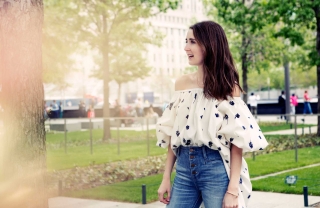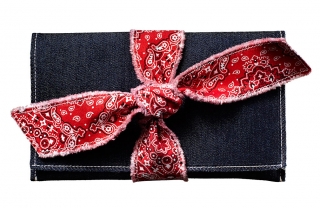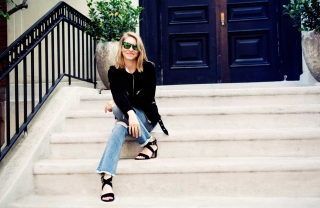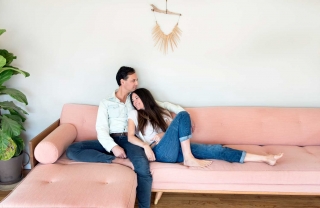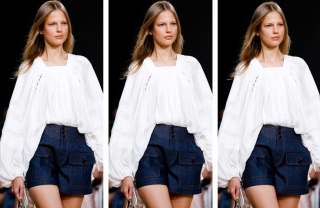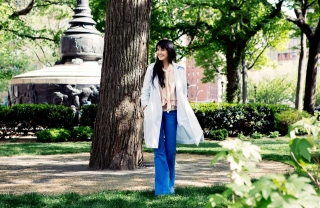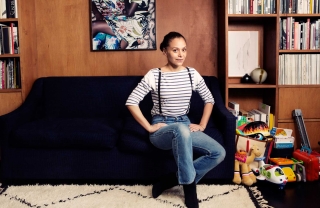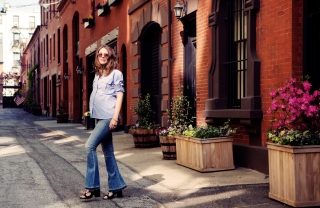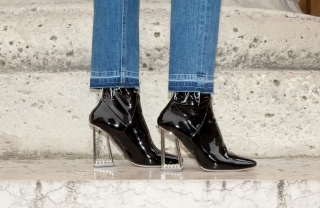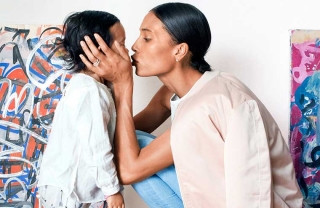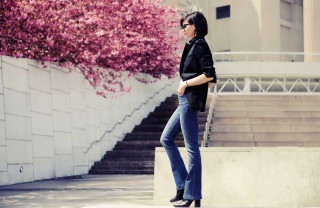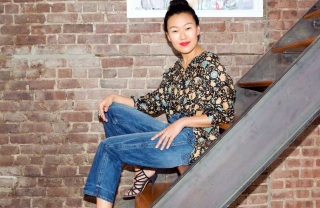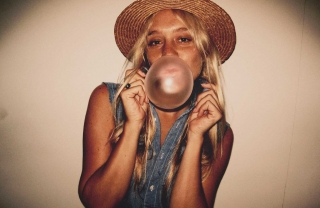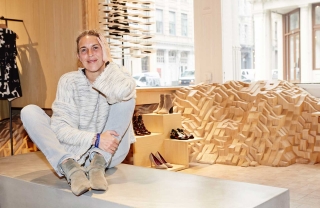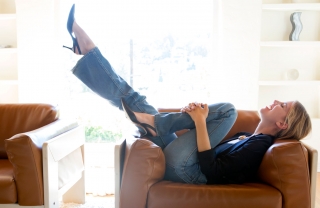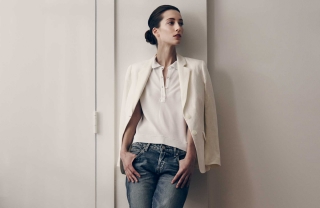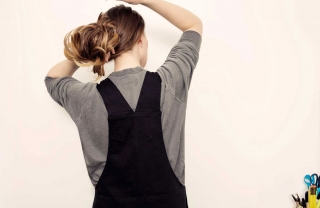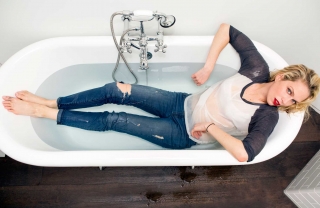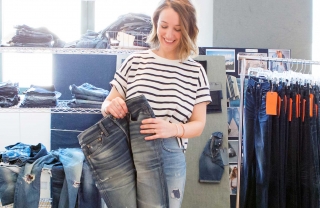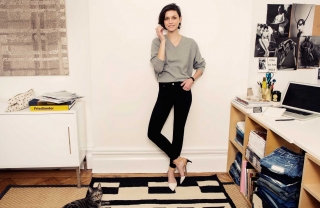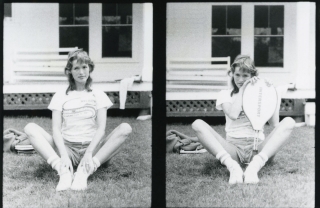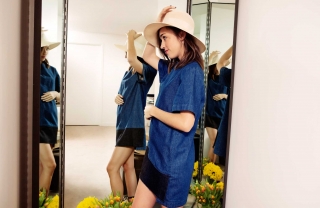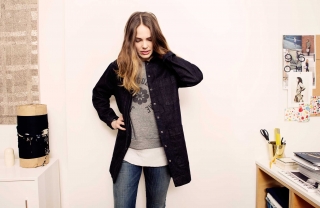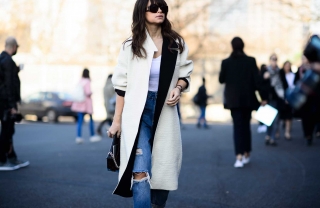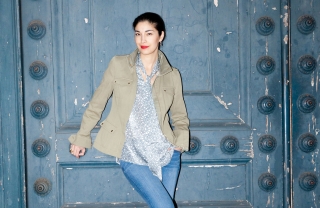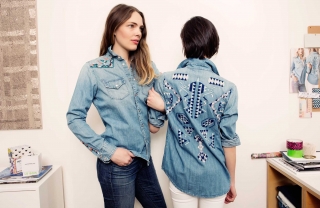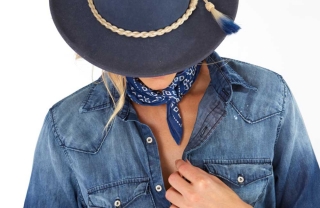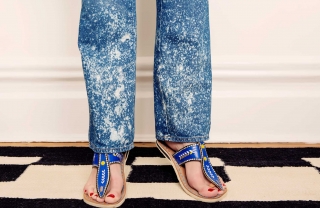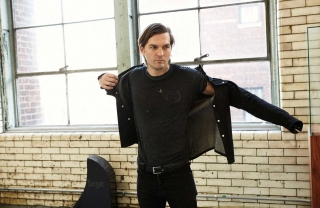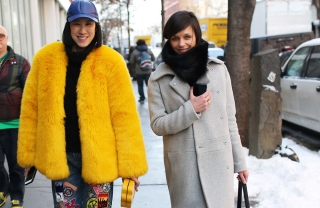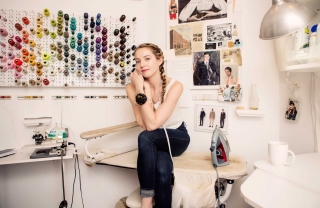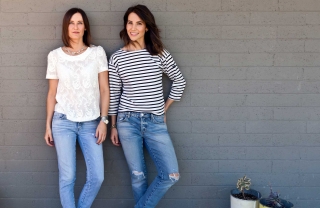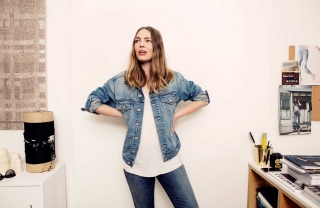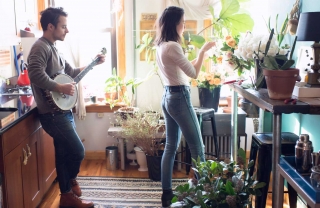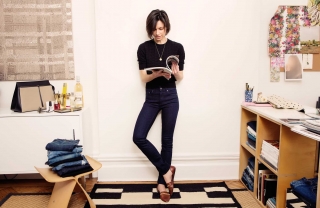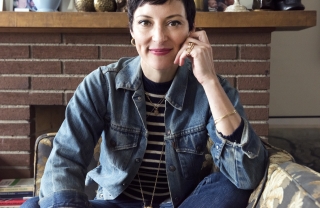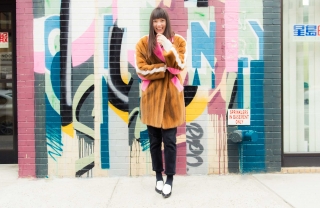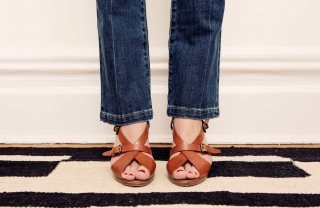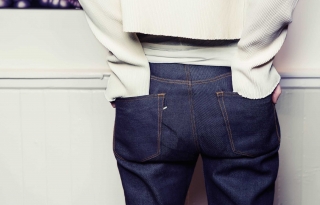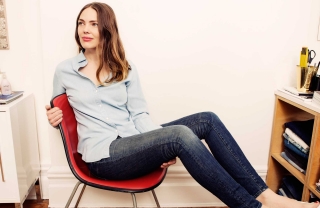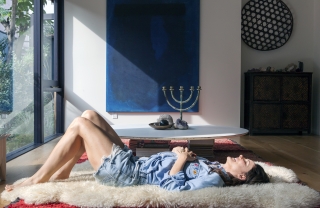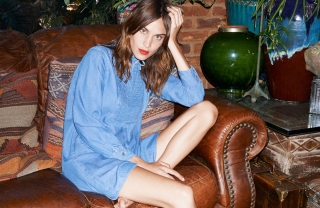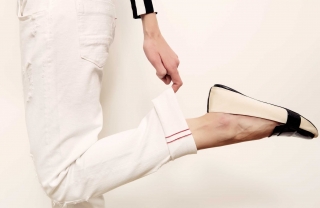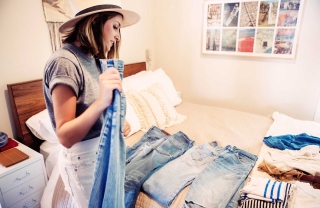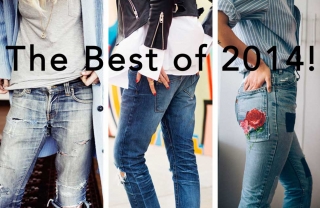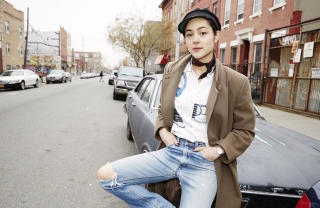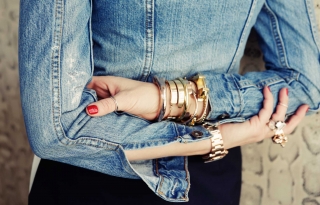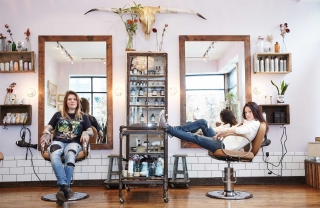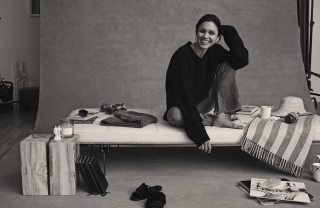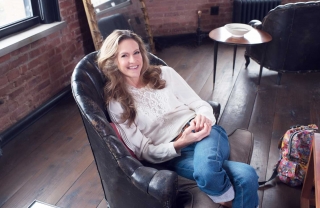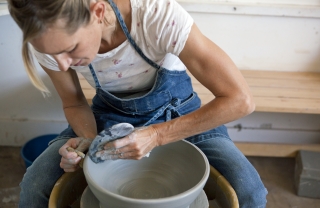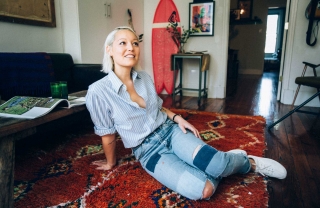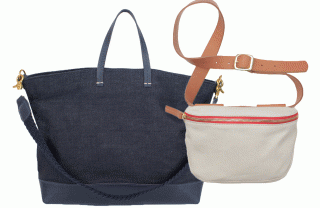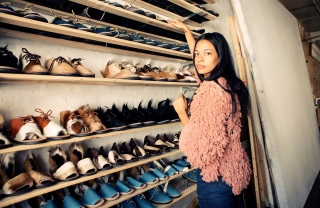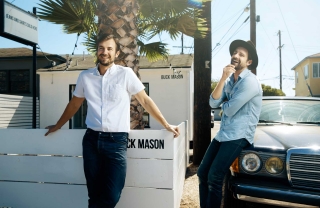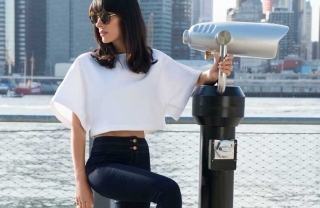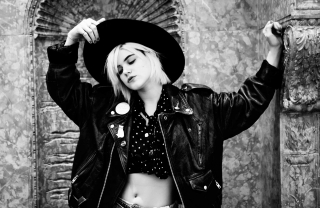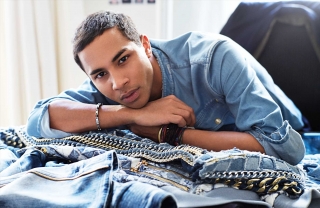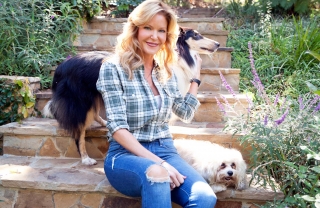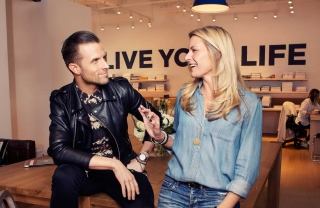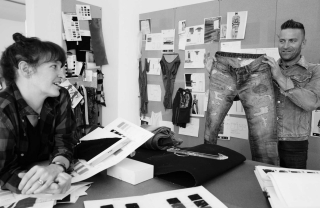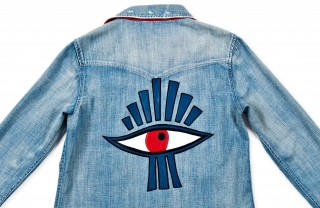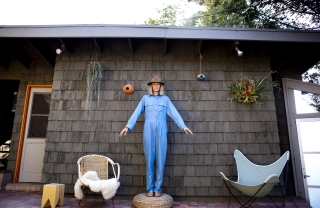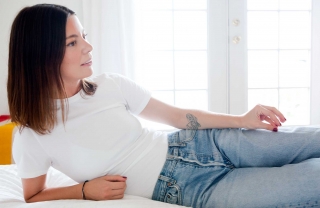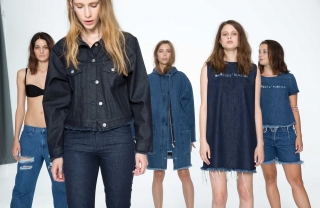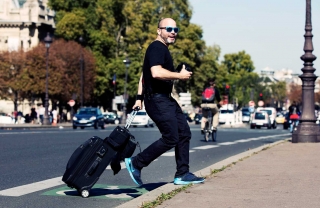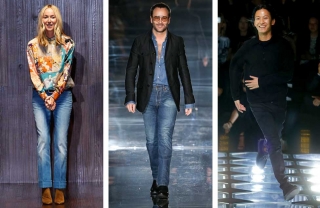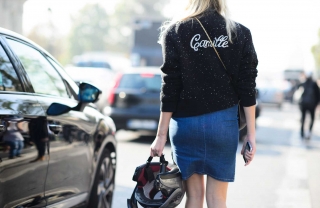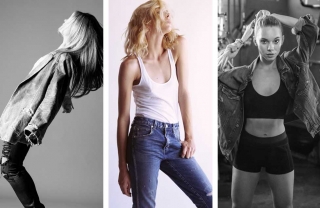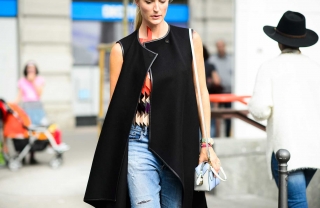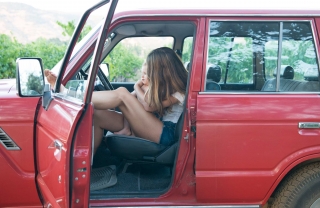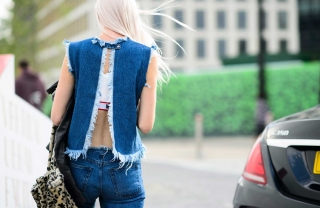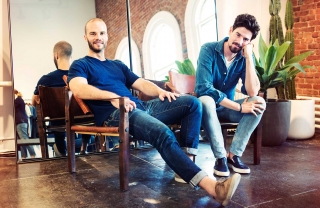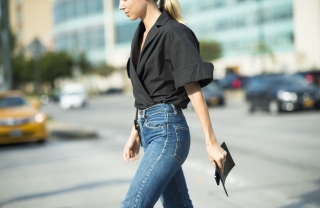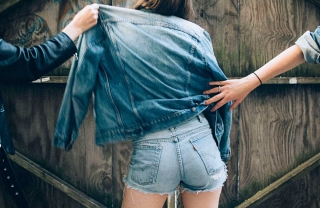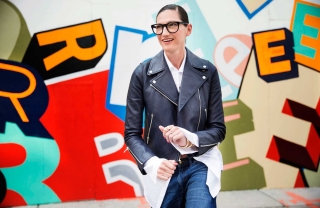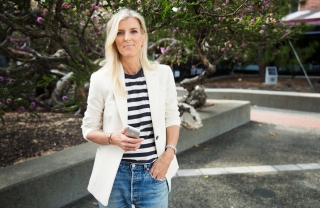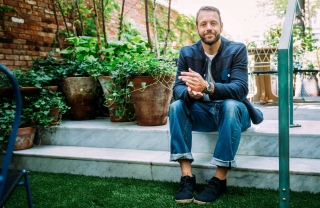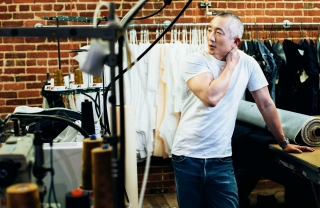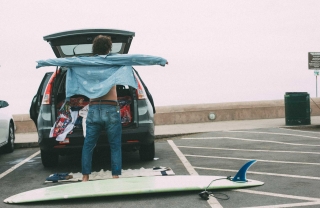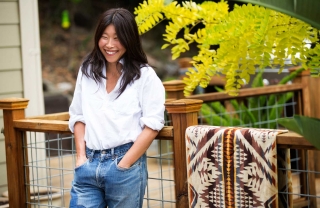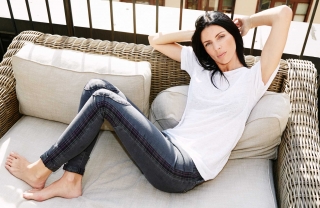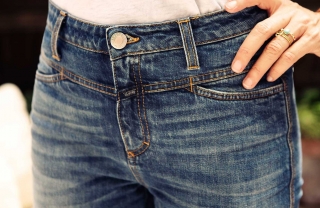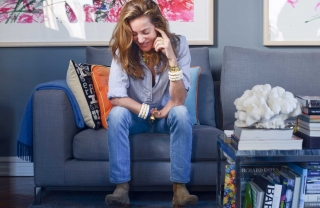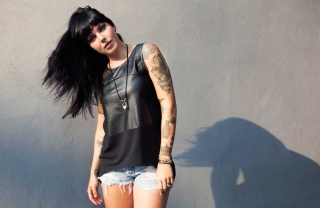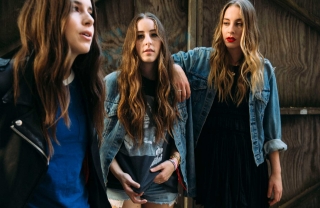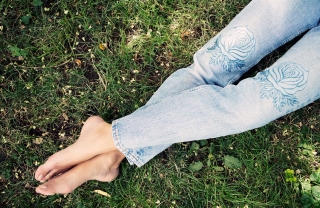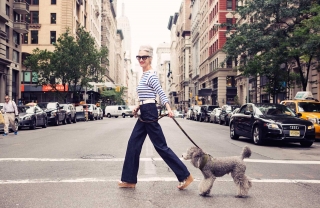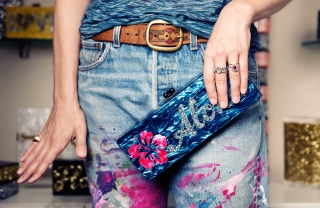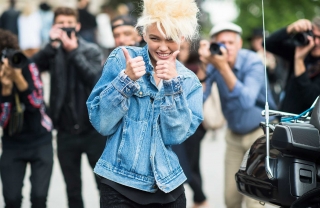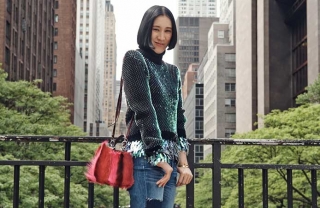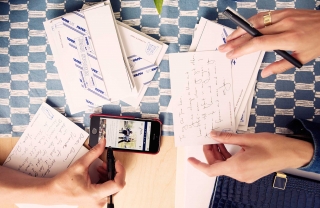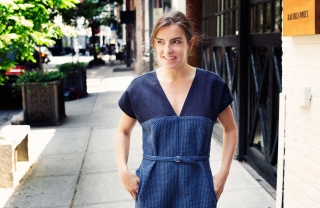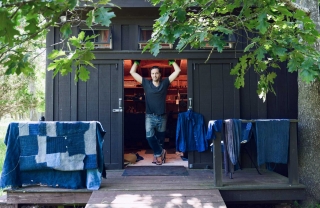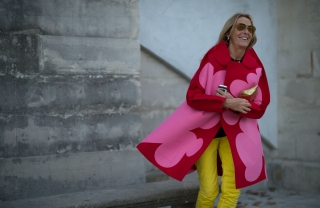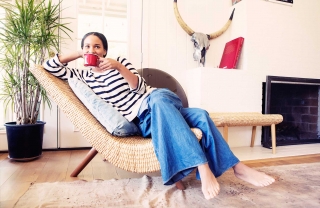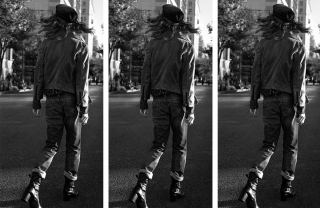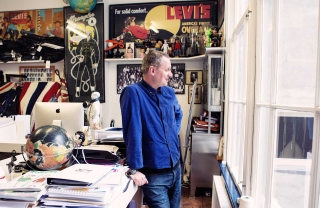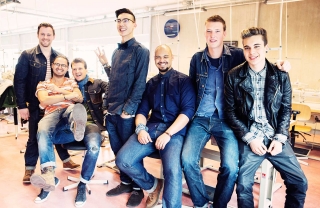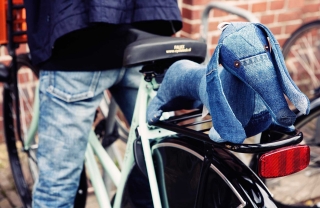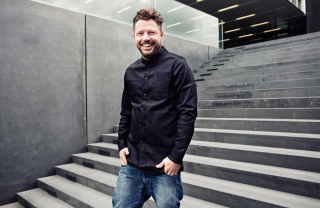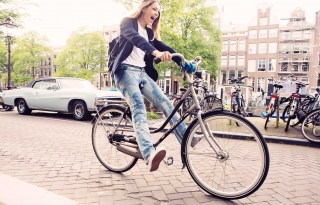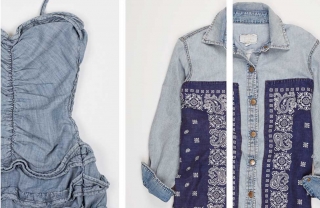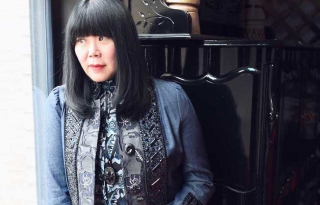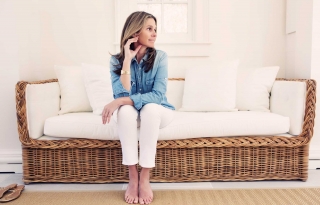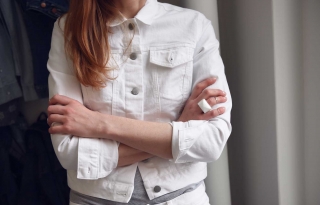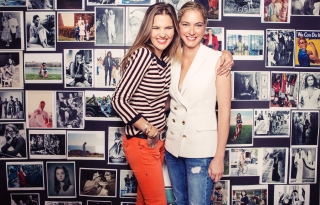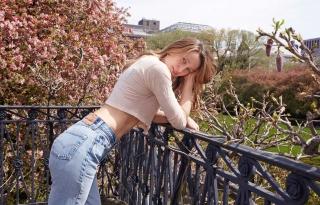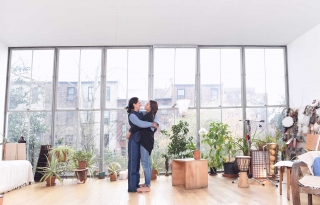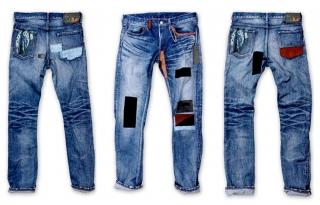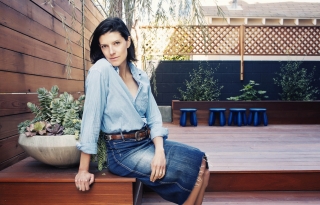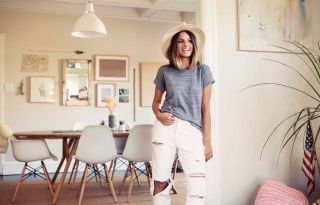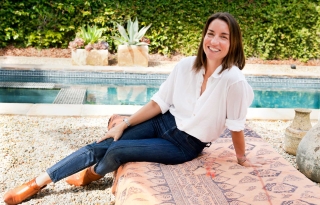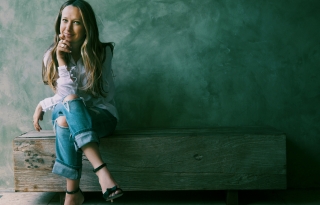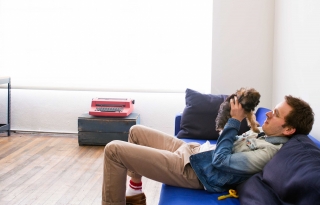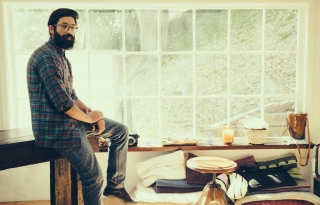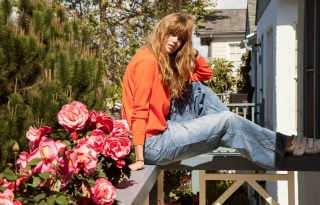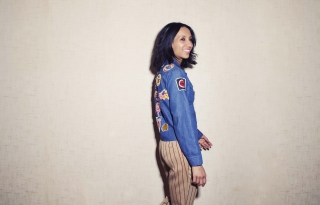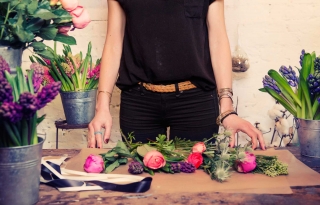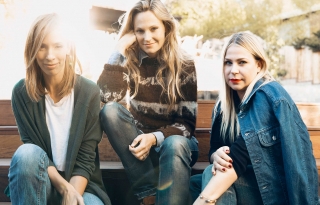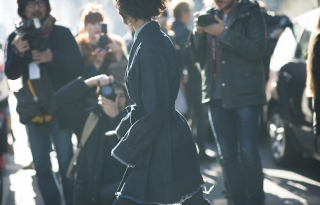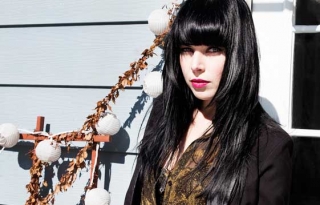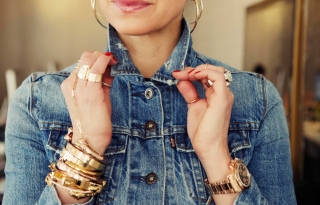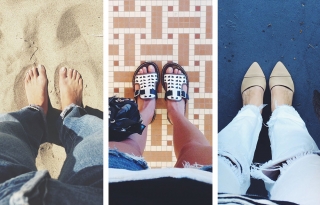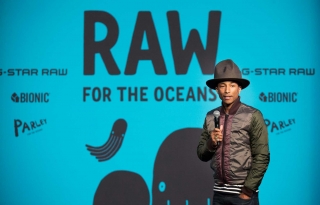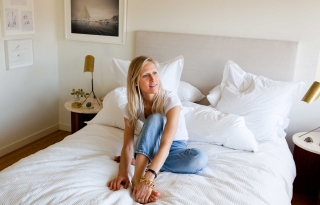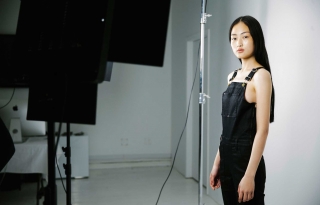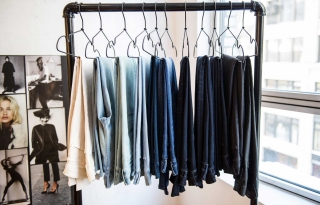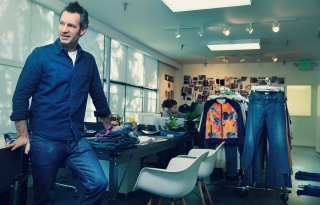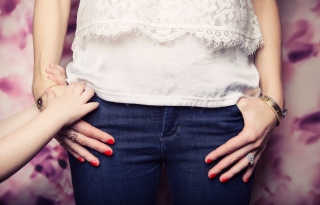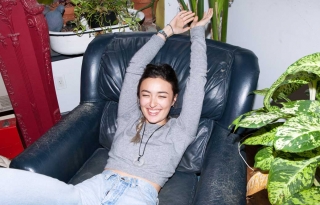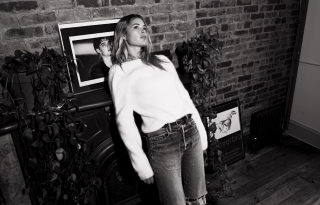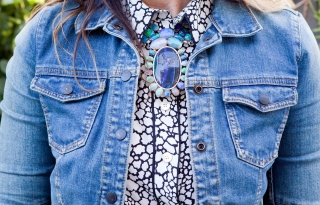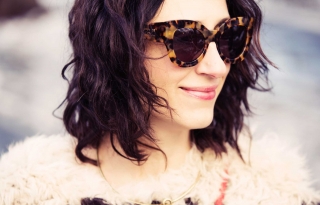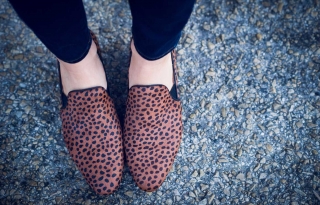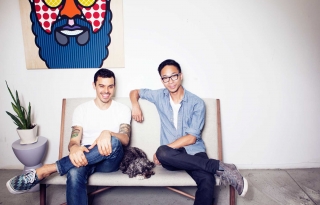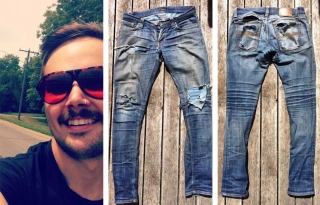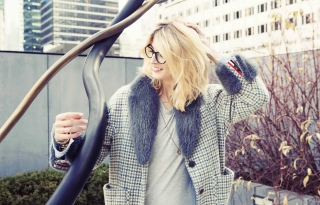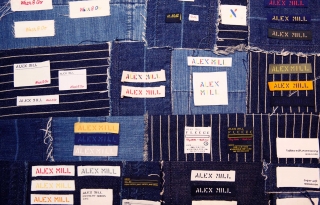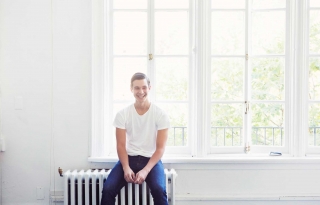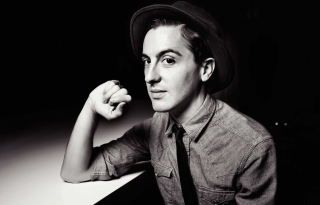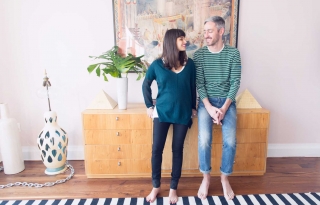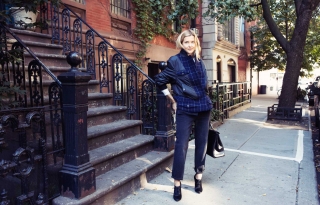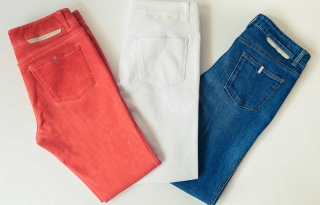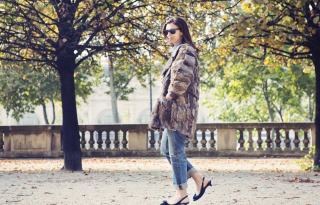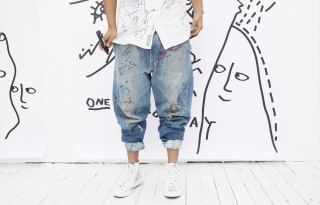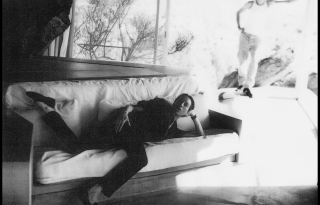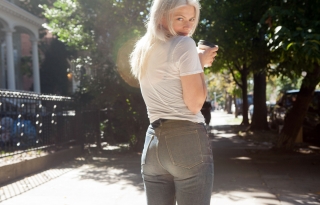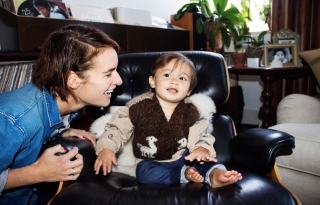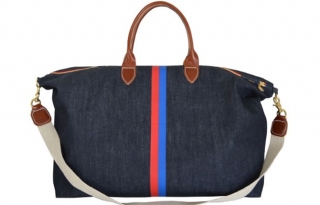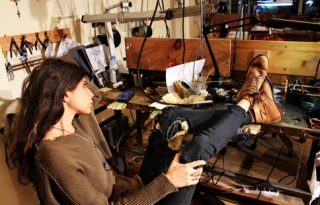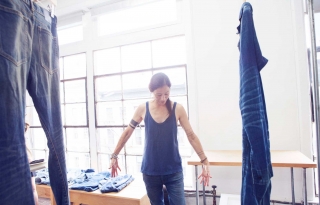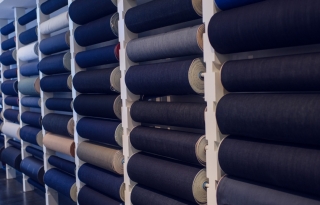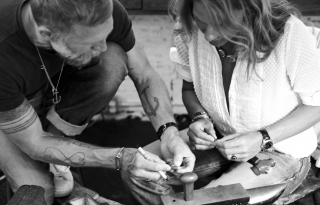Jane rides and wrangles out West – and learns about the first Levi’s made for women.
For two days and three nights last week, I hung my hat at the historic Rancho de los Caballeros in the small town of Wickenburg, Arizona. I rode the trails on a stubborn old horse, fittingly named Iron Will, took a tractor-hauled hay ride on a dirt road through the Sonoran desert, sat cross-legged around a campfire, sang cowboy tunes accompanied by a country star with a guitar, learned how to pen cattle from real wranglers, and line-danced like a cowgirl. My fellow caballeros? Among them were Paper‘s Kim Hastreiter and Mickey Boardman (who got on a horse for the very first time; Giddy up, Mickey!) Vogue‘s Kelly Connor (voted Most Likely to Become a Real Cowgirl One Day), Teen Vogue‘s Gloria Baume (Best Dressed, no doubt) and Andrew Bevan (@bevansburg Prince of Wickenburg, we could call him), along with W‘s Karin Nelson, Glamour‘s Sasha Iglehart, Nylon‘s Dani Stahl, and Lucky‘s Jenna Gottlieb – and a whole herd of newer friends who flew in from around the globe, like model/vintner Michele Ouellet (the Bud to my Sissy and the best dance partner a girl could have), Vogue Brazil’s Alline Cury (who wore a bustier on the trail and looked impeccable doing it), Flare magazine’s Tiyana Grulovic, i-D’s Julia Sarr-Jamois, and Levi’s‘ global VP of women’s design Jill Guenza, aka the leader of our pack.
We were all there to celebrate this year’s 80th anniversary of Lady Levi’s jeans, the first jeans the legendary denim company made just for women – introduced in 1934. Before that, if a lady rancher or dude ranch vacationer in America’s Southwest wanted durable work pants or something to ride in, she’d have no choice but to borrow them from the boys. (Can you imagine???) One year after their introduction, in 1935, Vogue declared Lady Levi’s the thing to wear while visiting the Wild West, and like that, their popularity (and production) grew, and the days of her having to wear stiff, ill-fitting men’s jeans to ride horses – or do any kind of adventurous activity – were left in the dust.
This history is documented and retained in the Levi’s archive run by Lynn Downey, a historian and master denimhead who knows pretty much everything there is to know about Levi’s and Wickenburg (she literally wrote the books). On our trip – Levi’s’ treat – Lynn schooled me in the evolution of their women’s jeans, starting with a pair of 701s owned by a New Yorker named Harriet Atwood – dated 1937. “It probably required serious cajones,” said Jill, in her welcoming toast, of a city girl like Harriet saddling up back then. I thought a lot about Harriet while timidly entering the rodeo arena with my penning mates – Team Ranch Dressing we called ourselves (because how could we resist?!). This Brooklynite was way out of her comfort zone, too. But I had my own Lady Levi’s – and in them, I made some amazing memories, all documented in Instagram snaps and in my conversation with Lynn and Jill below…
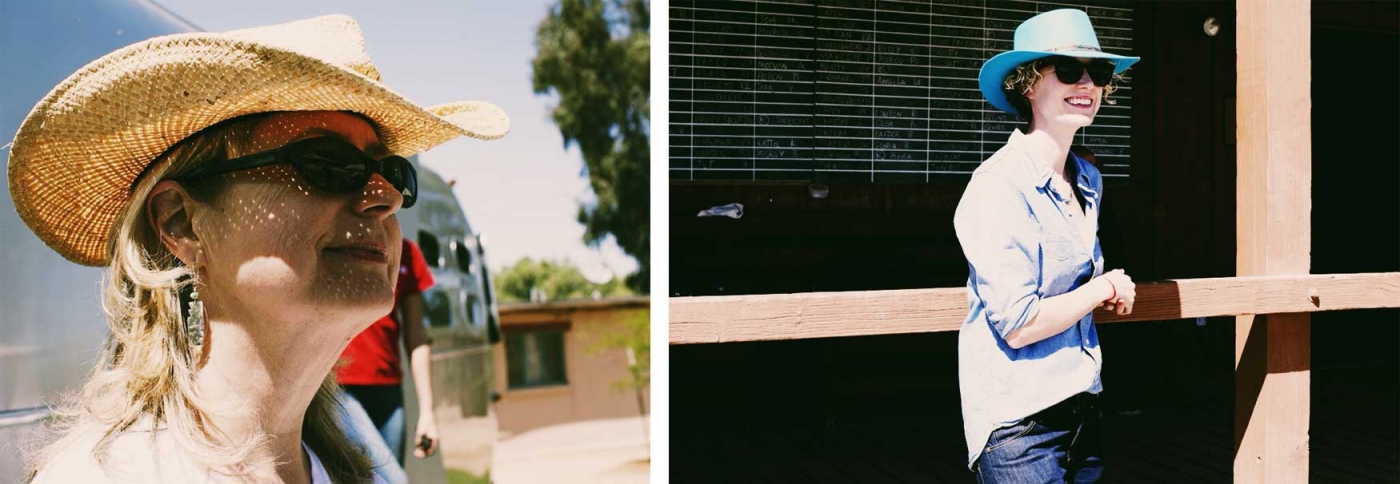
From left: Lynn Downey and Jill Guenza, global VP of women’s design.
What’s the first word that comes to mind when you think about your jeans?
Lynn: My jeans? Two words: Second skin. And they’re a building block. I open my closet, I start with jeans. They’re the beginning and everything flows from there. Jill: I would say comfort. Not in the sense of being roomy and pajama-like. I mean comfort in the sense that it’s so comforting to reach for my jeans and know exactly how they’re going to fit, and that they’ll look good on me.
If your jeans could talk what would they say about you?
Lynn: They’d say, She likes really old jeans! [laughs] Jill: They would say, You do everything in your jeans, don’t you? You know, Lynn said that she starts with her jeans, and whenever I hear people give any kind of style advice I feel like the common tip is that you should start with your shoes and work your way up. But anyone who works at Levi’s knows that you always start with your jeans. Lynn: Yeah. Start with the shoes? No! [laughs]
I have to agree with you on that. OK, if Lady Levi’s – in spirit – could talk, what would she say?
Jill: I think she’d say, Watch out, I’m unstoppable. Lynn: Yeah. The women who wore the first Levi’s, they could not only come to a dude ranch and wear their jeans, they could also wear them into town. Which they really couldn’t do anywhere else. In a place like Wickenburg or any town associated with a dude ranch people would know that women coming in to do shopping would probably be in jeans, and that was OK and apropriate for the ranch and the town that supported it. Jill: I was thinking about how Vogue did that story on Lady Levi’s in 1935 – it was revolutionary for someone on the dude ranch to wear those jeans…what about if she’d walked out in the city wearing them? Lynn: I don’t know that she would have. Not for a while. The culture wasn’t ready for women to wear jeans in public. Except out West.
Jill, you got on a horse for the first time on this trip. What jeans did you wear?
Jill: Yes! I was wearing the Made in the U.S.A. selvedge skinny. It is a favorite of mine, I love that fit because it’s really narrow, but it’s still selvedge and it’s got just a little bit of stretch. I’m just starting to break them in. I plan on wearing them down from rigid.
How was riding? Did you feel brave? Or were you scared?
I was a little nervous at first. But I was watching everyone in our group swing their legs over their horses to get on them, and I was thinking about jeans and how it’s so important that your jeans let you do that. And then once I got up there, I felt completely at ease. The jeans definitely helped. [laughs]
Lynn, what jeans are you wearing?
These are about 15 years old, they’re my 505 Nouveau Bootcut.
I bet they’ve seen a lot in their time with you. What’s the weirdest place they’ve been?
The weirdest place has to have been in a back-country all-terrain vehicle, then climbing over a barbed wire fence to look for a miner’s camp in the desert here in Wickenburg. I was looking for jeans…of course.
What about yours Jill? The strangest place?
Probably in a teepee on a Hope Indian reservation listening to the chief tell stories and sing. I was there doing research for [design] concept. It was amazing.
I want to talk a little about the pink selvedge stripe you said was on women’s Levi’s in the 1950s. Was this something that women responded to? Were they insulted by it, did they even care?
Lynn: Nobody ever noticed. Today selvedge is a big part of how you judge vintage, but all it was back then was a way for the mill to distinguish what denim was to go to what company for what product. I don’t know why they changed it to pink in the 50s. The original Lady Levi’s selvedge was yellow. They might have changed the formula for the dying process, and so needed to make it pink…or it could have been a mark of the oppression of women in post-War America, but I can’t prove that. It just had to do with the mill’s internal structure, and what they were making for Levi’s. And on the subject of selvedge – the whole trend of turning up the cuff was because the denim was a shrink-to-fit fabric. Lady Levi’s jeans were pre-shrunk, so that they were softer when she bought them, though they’d still shrink a little more when she washed them. So everyone would have to cuff their jeans until they washed them and they shrunk up. For men, it was really about function. But I have a feeling that for women it had a little more to do with fashion, even in the 30s.
Now it’s only about fashion…
Lynn: I’ve had old cowboys tell me that when they wore the 501s with the cuff…if you’re in the saddle for 18 hours a day, the cuff was like an extra pocket. They’d put a pack of cigarettes in it. When my dad was in high-school in the 40s he told me the same thing – kids would have cuffed jeans because you’d have to buy them long and shrink them, and they’d put all their pencils and coins in their cuffs. Jill: My dad would rip off the belt loops and fold the top of his jeans over when he was in high-school. Lynn: I’ve heard about that! It’s a very California thing. I’ve heard that called the Santa Cruz roll. But your dad went to high school 20 years after mine. So for my dad everything had a function, but for yours, jeans had more of a cultural meaning that had to do with fashion.
What about denim today do you find most exciting?
Jill: I am so excited that there is a return to non-stretch and looser fits in denim. I cannot wait to wear all of that. Lynn: I’m almost 60 years old and I’m still wearing jeans – that excites me! When my mom was 60, she would never have worn jeans. When I’m 99, I’m still going to be wearing jeans. You know, I had that liberating moment in the 70s, where suddenly it was OK to wear jeans to class. And it’s just gotten better, and better, and better. I’m going to get to be a little old lady and wearing jeans.
Fill in the blank: Without my jeans I am…
Lynn: Naked!
In my jeans I am….
Lynn: Myself. Jill: Alive
